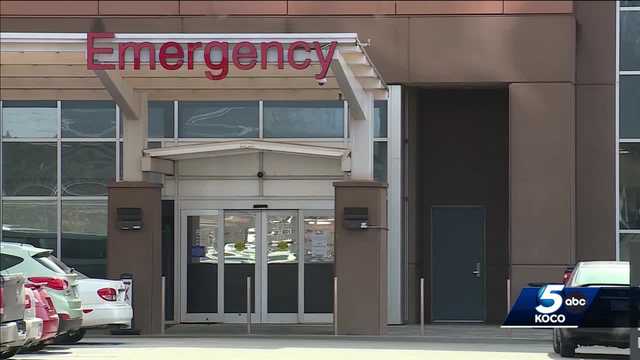Flu Surge Hits Oklahoma: Experts Warn of Unprecedented Infection Rates

Oklahoma is currently grappling with a significant flu outbreak that's disrupting daily life and straining healthcare resources. School districts across the state have been forced to pivot to virtual learning as the virus spreads rapidly, while local hospitals are experiencing a surge in flu-related patient admissions.
The intense flu season is creating challenges for families, educators, and healthcare providers alike. With infection rates climbing, schools are taking proactive measures to prevent further transmission by temporarily shifting to online instruction. Meanwhile, medical facilities are working overtime to treat patients and manage the increased medical demand.
Health officials are urging residents to take preventive steps, including getting vaccinated, practicing good hygiene, and staying home if feeling unwell. The current situation serves as a stark reminder of the importance of flu prevention and community health awareness during peak illness seasons.
As the outbreak continues, local communities are coming together to support one another and minimize the virus's impact, demonstrating Oklahoma's resilience in the face of public health challenges.

